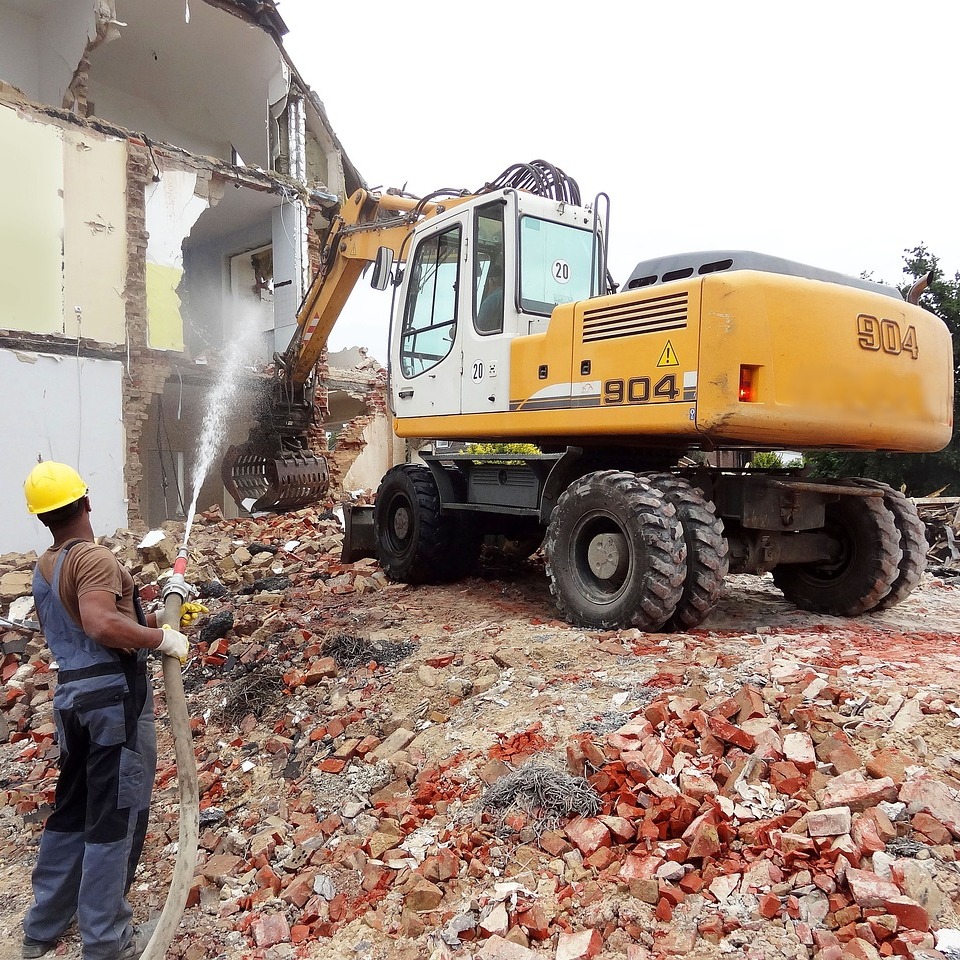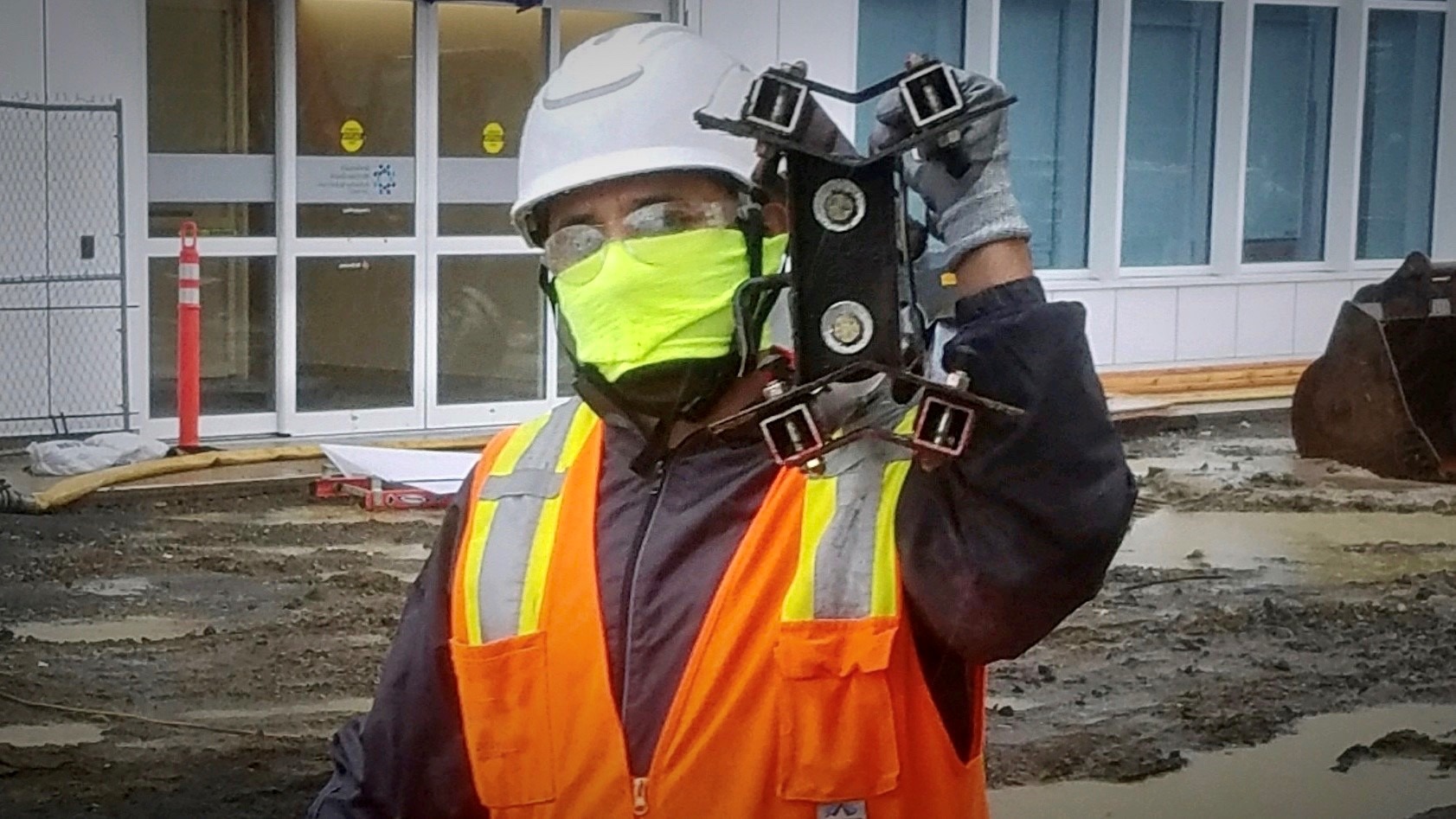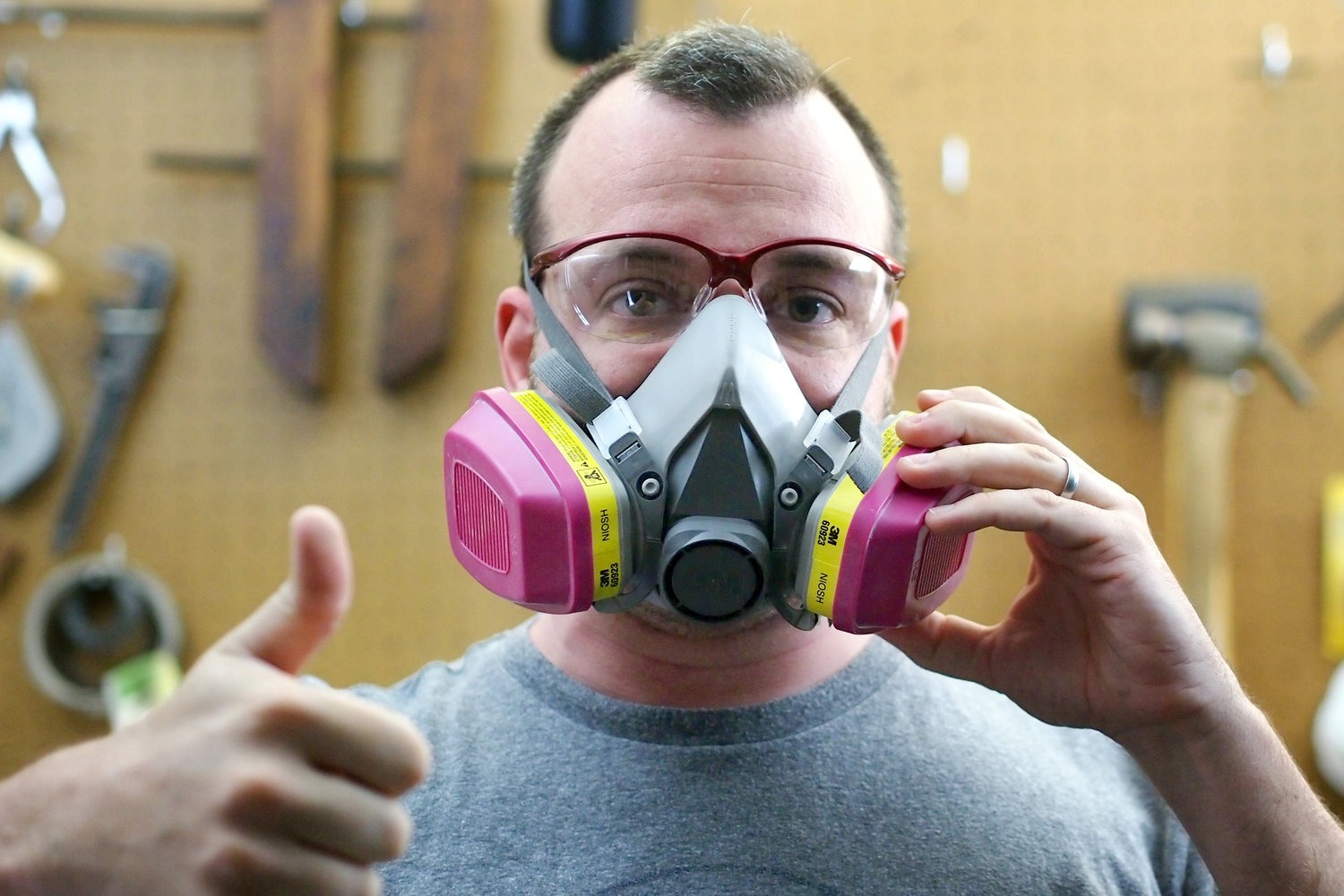As professionals in the industry, it is crucial to stay informed about the potential dangers at job sites and take necessary precautions to protect both yourself and your workers. One such hazard that has gained significant attention in recent years is silica dust. In this article, we will delve into the details of silica dust testing, its importance, and the steps involved. Let's get started!
Understanding Silica Dust
Do you or your employees cut, drill, grind concrete, stone, tile or brick?
Do you or your employees open bags of concrete?
Silica dust, also known as crystalline silica, is a common component of many construction materials, such as concrete, stone, and brick. When these materials are cut, drilled, or disturbed, tiny silica particles are released into the air. Inhaling these particles can lead to serious health issues, including lung cancer, silicosis, and chronic obstructive pulmonary disease (COPD).

It's crucial for contractors to be aware of the potential risks associated with silica dust and take proactive measures to minimize exposure on job sites. One key element of this prevention strategy is silica dust testing.
The Importance of Silica Dust Testing
Silica dust testing is the process of measuring the concentration of silica particles in the air to assess the level of exposure. By performing regular testing, contractors can identify potential risks and implement appropriate control measures to protect their workers.
Here are a few reasons why silica dust testing is crucial for contractors:
Compliance with Regulations: Regulatory bodies have established exposure limits for silica dust that contractors must adhere to. By conducting regular testing, you can ensure compliance with these regulations, avoiding penalties and legal issues.
Worker Safety: Silica dust testing helps identify high-risk areas on job sites, allowing you to implement control measures to protect your workers This not only reduces the risk of immediate health issues but also helps prevent long-term illnesses.

Cost-Effective Solutions: Identifying areas high silica dust concentration enables you to focus control efforts where they are most needed.
This targeted approach can help you optimize resource allocation and minimize unnecessary expenses.
The Testing Process
Now that we understand the importance of silica dust testing, let's explore the steps involved in the testing process:
1. Assessing the Job Site
The first step is to conduct a thorough assessment of the job site to identify potential sources of silica dust Look for activities such as cutting, grinding, drilling, or using compressed air that may generate a cloud of dust.
It's essential to inspect all areas, including confined spaces, as silica dust can accumulate in these environments and pose a higher risk to workers.
2. Selecting Testing Equipment
Once you have identified the areas of concern, you need to select the appropriate testing equipment. There are various monitoring tools available, including personal sampling pumps, area air sampling systems, and real-time dust monitors.
Consider the specific requirements of your job site choose the equipment that best suits your needs. Remember, accuracy and reliability are key when it comes to testing for silica dust.
You can not fix hazardous conditions until you know what is wrong and how bad it is. Proper testing equipment is needed to measure the volume of hazardous substances, and not guessing at the amount and guessing what the next step is.
3. Conducting Air Sampling
The next step is to conduct air sampling at the identified locations This involves collecting air samples using the selected monitoring equipment over a specified period.
It's essential to follow recognized sampling protocols and ensure that the samples are representative of the worker's actual exposure. Proper calibration and maintenance of the equipment are crucial for accurate readings.
4. Analyzing the Results
Once the air samples are collected, they need to be sent to a certified laboratory for analysis. The laboratory will the concentration of silica dust particles in each sample and provide a detailed report of the findings.
Review the results carefully and compare them with the exposure limits set by bodies.
This will help you identify areas where control measures need to be strengthened or modified.

5. Implementing Control Measures
Based on the findings of the test results, it's essential to implement control measures to reduce workers' exposure to silica dust. Some practical tips include:
A. Using engineering controls, such as local exhaust ventilation, to capture and remove dust at source.
B. Providing workers with personal protective equipment (PPE), such as respirators, to prevent inhalation of silica dust.
C. Implementing work practices that minimize dust generation, such as wetting down surfaces before cutting or drilling.
D. Educating workers about the risks associated with silica dust exposure providing training on proper dust control techniques.
6. Ongoing Monitoring and Training
Silica dust exposure is an ongoing concern, and monitoring should be conducted regularly to ensure the effectiveness of control measures. Additionally, providing regular training and refresher courses to workers will help reinforce safe work practices and create a of awareness.

Conclusion
At the end of the day everyone wants to go home from work and enjoy their free time and retirement. What condition do you want to be in when you retire?
Contractors play a vital role in ensuring the health and safety of their workers. Silica dust testing is a crucial component of a comprehensive safety program to protect against the hazards of silica dust exposure. By understanding the testing process and taking appropriate control measures, contractors can create a safer working environment and long-term health issues.
If you're looking for an efficient solution to manage your silica dust testing processes, consider working with Cal Safety Solution. Our cutting-edge testing provides real-time analytics, allowing you to make data-driven decisions to protect your workers. Contact us today at (800) 433-9819 or visit our website to learn more!

 Add Row
Add Row  Add
Add 




Write A Comment